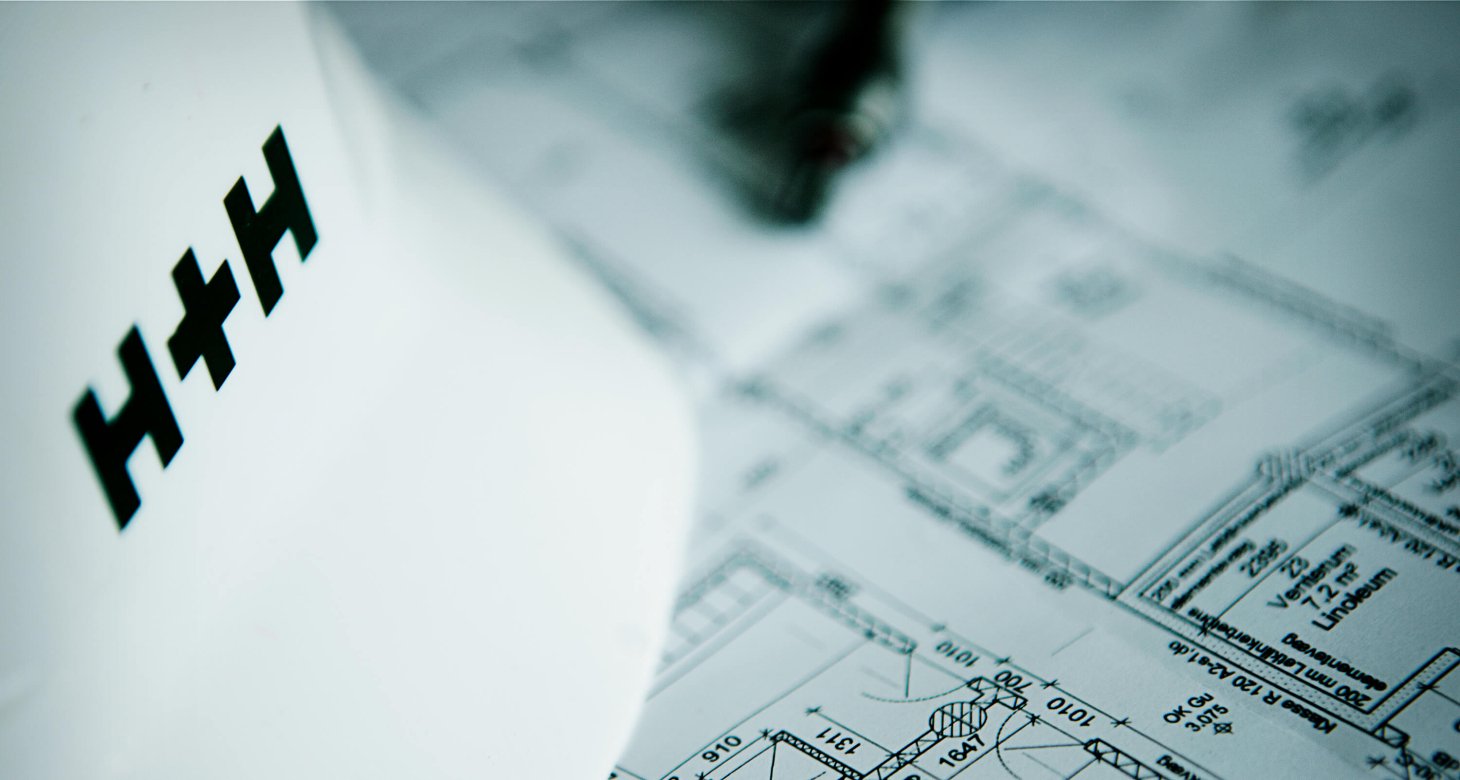
Is current government thinking logical and fair when it comes to the green agenda in the building industry? Mark Oliver, MD of H+H, looks at some aspects of new build legislation in the light of David Cameron?s much vaunted commitment to fairness and considers recent policy announcements for clues of future direction.
The end goal is clear: to reduce carbon emissions. The routes currently in place to achieve this are, in many cases, distinctly less so.
Our poll of customers reflects a general unease about the Zero Carbon goal. How can we hope to achieve this while there is still no standard definition of what this means or any widely accepted measures to asses the relative value of different sustainable technologies?
H+H UK is completely committed to an environmental agenda and is working hard to improve its performance in every direction, but it is difficult for anyone to make sense of various initiatives until common measures are used across the board.
Take the issue of carbon footprinting. We have calculated the carbon footprint of our products, but there is little point in broadcasting the results while there are so many different ways of doing the sums. We urgently need a single calculation method, taking into account all aspects of manufacture and transportation, so that specifiers and the market can make fair choices based on objective criteria.
Even the highly topical amendments to building regulations are not without difficulty. The piecemeal way they are introduced leads to widely differing requirements for sites moving into the construction phase.
The latest revisions to Part L came into effect from October this year, but apply only to sites where planning permission is agreed after this date. A large site may be past the planning stage even though a lengthy build programme may not have begun, meaning that the change does not actually effect construction until years in the future. Smaller projects, on the other hand, are affected immediately and have to accommodate the higher build costs much sooner.
Other countries introduce change more quickly. Ireland, for example, allows a moratorium of just one year before new building standards must be enforced, thus at least creating a more level playing field.
Then there is the huge and growing disparity between the energy efficiency of new houses and of the existing housing stock. If new houses have to accommodate costly energy efficiency technology there is a danger that the market for them, already extremely fragile, may simply evaporate altogether. I have argued before that there needs to be some major financial incentive for existing housing to be improved, so that there is a level playing field between new and existing homes, and I wonder if now the government might be prepared to introduce financial sticks as well as carrots.
The announcement in October regarding the CRC Energy Efficiency Scheme (formerly known as the Carbon Reduction Commitment) would suggest legislation moving in that direction. The Public Spending Review transformed this complex incentive into a straightforward tax.
Introduced early in 2010, the scheme requires large energy users to buy carbon credits based on their energy consumption. As the scheme was originally envisaged, the most efficient companies in the scheme received this money back as a reward and an inducement to invest in green technology. As of the Review, this money now simply goes to the treasury.
In some respects this is an improvement as the deal becomes very simple: use more energy, pay more.
Extend this thinking into the consumer market and possibilities such as a weighted council tax taking into account the energy performance of each house becomes a possibility. This type of thinking could be a way of solving the problem of the most efficient houses being unattractive to buyers because of their price premium. Politically tricky to introduce, but fair.
If our customer poll is a fair reflection of the industry, then there is no doubting the commitment to achieve more environmentally friendly buildings. That commitment would only be enhanced if the means employed to reach the goal were widely accepted to be fair.